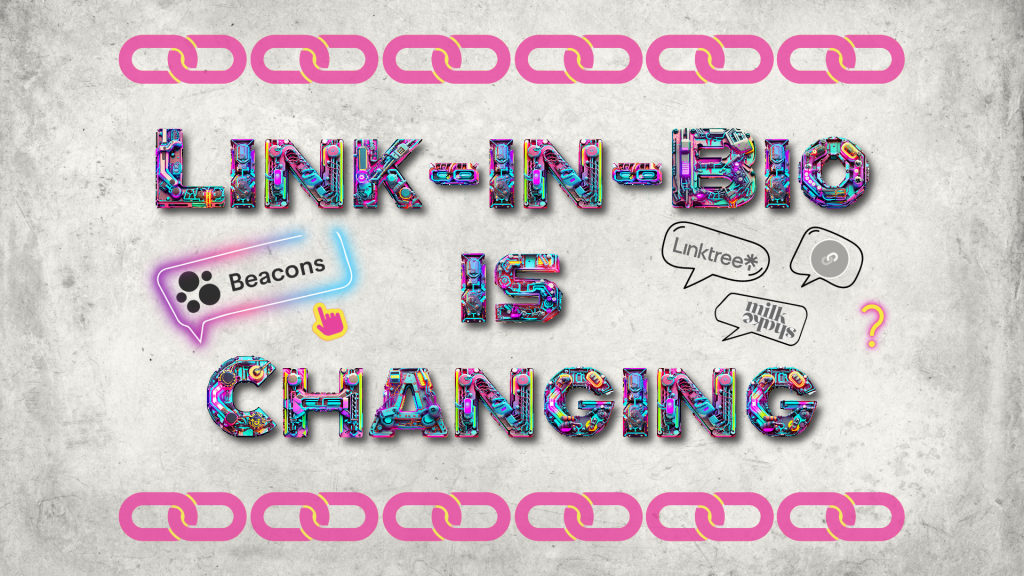Remember the good ol’ days of the tech world when building a website meant wrangling spaghetti code and praying to the Silicon Gods for mercy? Thankfully, those days are about as dusty as a dial-up modem in Meemaw’s attic. Don’t know what dial-up is? Don’t worry, the digital playground is now open to everyone, not just those who’s family could afford two land lines.

In The Before, building a website was like scaling Mount Everest in stilettos – exhilarating for a select few Goddesses (shoutout to Ada Lovelace, the OG coding queen), but most of us were stuck at base camp, admiring the view from afar. Now, with low-code/no-code platforms, we’ve got helicopters, hoverboards, and even magic carpets to help us rise. Anyone with a vision and a Wi-Fi connection can build their own digital empire.
This democratization of Tech is a game-changer, especially for historically underrepresented groups in the digital realm: the underdogs, the outcasts, and the voices that society often tries to silence.
Neurodivergent Minds: No more getting lost in the maze of traditional coding. Low-code platforms like Webflow use visual interfaces and pre-built modules, making website creation accessible for those of us who think differently. Imagine a calm weaving of logic and creativity on a digital canvas, not frustrated wrestling with cryptic code lines.

Women and Non-Binary Folks: Move over, brogrammers. The tech world is no longer your exclusive club. With tools like Bubble, the tech world is no longer a gendered monolith. Anyone of any gender (or lack thereof) can build full-fledged web applications without needing a computer science degree or deciphering brogrammer hieroglyphics. Imagine a digital empire built on logic, cat memes, and zero man-splaining.

Other Marginalized Communities: Finally, an app design platform where everyone’s story can be heard, not just the ones with the fattest wallets and fanciest pedigrees. Low-code/no-code technology like Appy Pie empowers people from all walks of life to create their own digital spaces, share their experiences, and challenge the narratives that have kept them in the shadows for too long. Imagine an app store shining with diverse perspectives, each one a vibrant new color of a more inclusive digital tapestry.

Jennifer Stirrup, a Fortune 100 international speaker, one of the Top 50 Global Data Visionaries, and one of the most influential Top 50 Women in Technology worldwide, mentions in her blog and YouTube speech that low-code and no-code platforms are becoming the equalizer in the digital media world, giving marginalized voices the tools to break through the traditional gatekeepers and build their own platforms.
These are just a few examples of the start of a digital revolution. Tools like Wix, Unqork, and Adalo are revolutionizing accessibility on all sides of web design. But there is a catch: while low-code/no-code is like a magic helicopter, a basic understanding of the engine keeps you from crashing.
You don’t need to be a coding savant to build a cool website, but a peek under the hood is valuable. Understanding core concepts like variables, loops, and conditional statements gives you the power to customize your creations, troubleshoot issues on your own (that’s for you, introverted queens!), and collaborate effectively with developers if needed (sorry, introverted queens!). Luckily, learning the basics of code is easier than ever. Free and low-cost online courses like Kahn Academy and FreeCodeCamp are available without the hefty tuition fee that comes along with a computer science degree.


Think of it like learning basic French before visiting Paris. You can still eat croissants and admire the Eiffel Tower, but knowing a few phrases enriches the experience. A little bit of coding amplifies your low-code/no-code superpowers. It’s about interest and passion, not about where your parents were able to send you to college.
One last tip: Don’t underestimate the power of your local community or technical college! They offer similar classes in tech-related fields, at a fraction of the cost of a four-year degree. They offer many opportunities for financial aid so you hopefully won’t bear the burden of student debt. Take Dan Kurzius, co-founder of Mailchimp, for example. He became a millionaire in the tech world before ever taking college classes. He was a part-time DJ, competitive skateboarder and worked in real estate before getting into web design with co-founder Ben Chestnut. The point is, there isn’t one right path to success in tech.
This is just the tip of the iceberg. The low-code/no-code movement is a tidal wave, and it’s only going to get bigger. Join the movement! Grab your laptop, unleash your inner code queen, and start building the digital world of your dreams. Remember, the future isn’t written in lines of code, it’s built with drag-and-drop modules and a lot of audacious creativity. Go forth and conquer, digital rebels!




Leave a comment